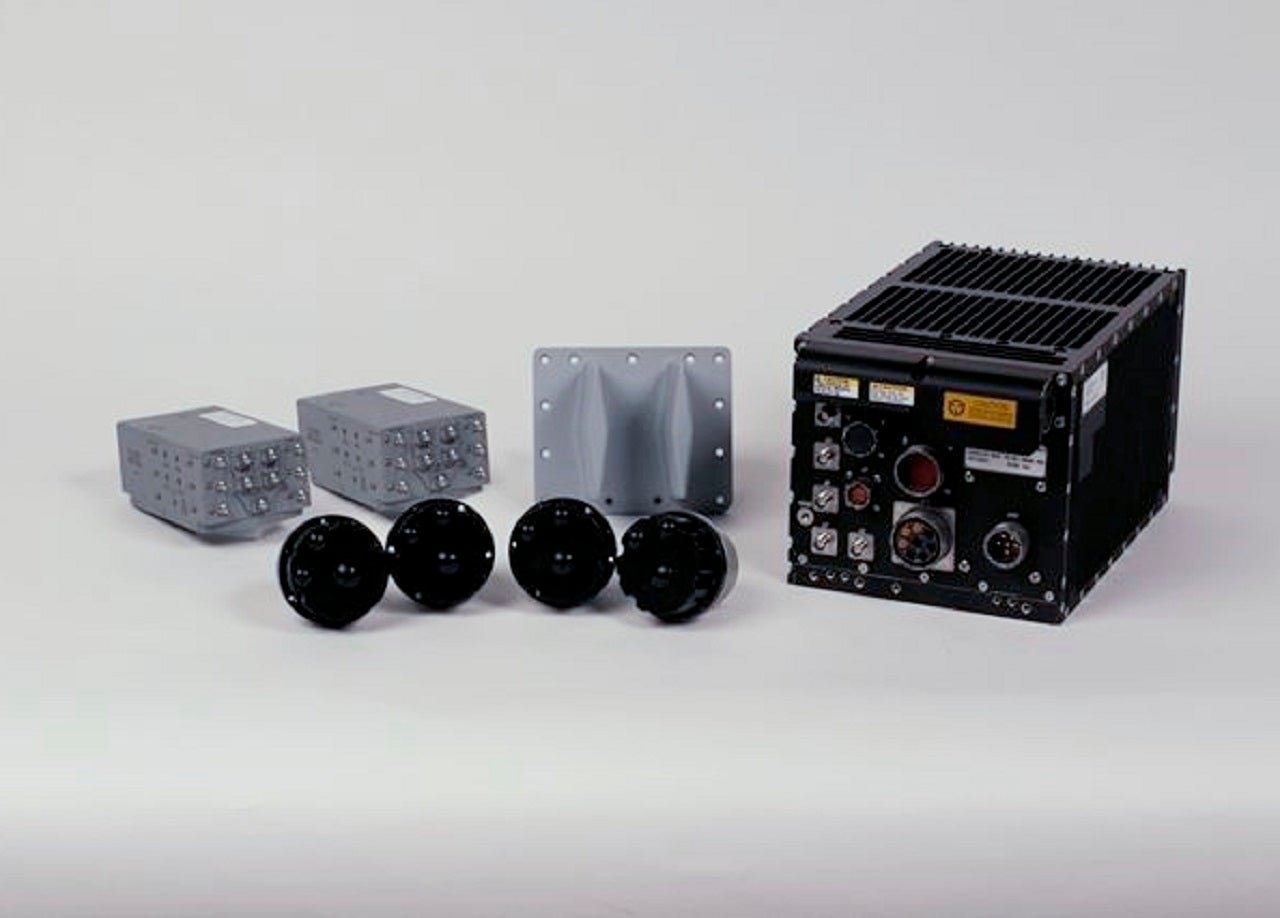
Northrop Grumman has received a contract for the supply of additional AN/APR-39D(V)2 digital radar warning receivers (RWR).
The systems will be provided to the US Army and Navy.
In December 2017, Northrop Grumman secured a $124.7m contract to produce RWR and electronic warfare management systems for the US Army and Navy.
The $91m contract for AN/APR-39D(V)2 follows the completion of engineering and manufacturing development activities.
The small, lightweight system safeguards rotary and fixed-wing aircraft from radar-guided missiles and anti-aircraft artillery and other modern radio frequency (RF) threats.
It can provide 360° coverage to detect and identify radio-frequency threats to an aircraft while determining the identity, bearing and lethality.
Additionally, it can initiate the optimal defensive measures automatically and has an instant growth capability for RF countermeasures.
Northrop Grumman’s electronic warfare architecture is an underlying component of the advanced capabilities the system provides.
The architecture offers exceptional value and agility, noted the company.
Northrop Grumman has planned to integrate the AN/APR-39D(V)2 on the AH-1Z, AH-64E, ARL-E, MV-22, UH-1Y and CH-53E/K aircraft.
Northrop Grumman navigation, targeting and survivability vice-president Ryan Tintner said: “As the radio frequency threat grows worldwide, the protection the AN/APR-39D(V)2 provides has become essential for our warfighters and international partners.”
In March last year, the US Army selected Northrop Grumman to develop the next-generation radar threat warning sensors.



